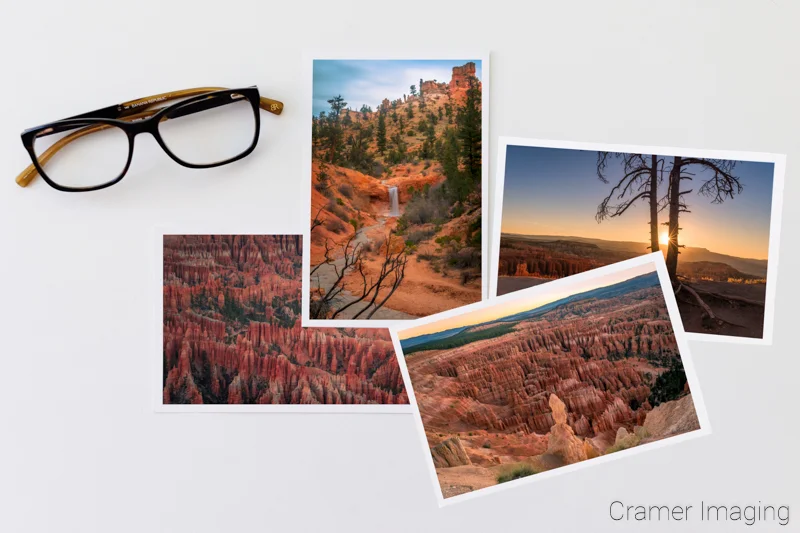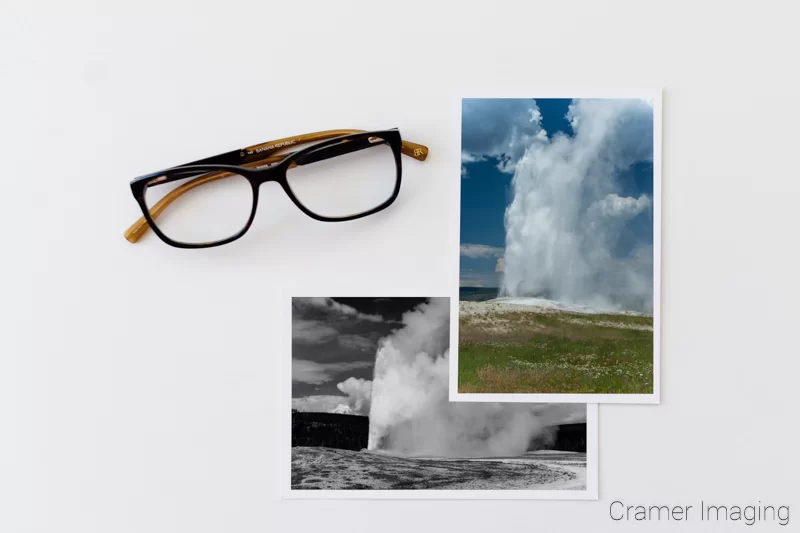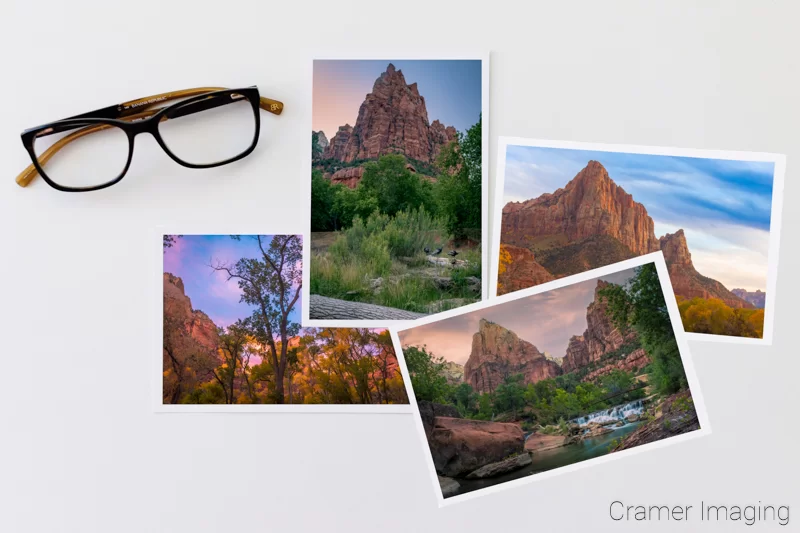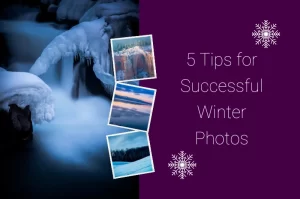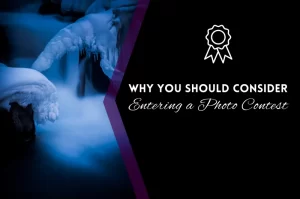I’ve been a professional photographer for several years now. Over that time, I’ve made a lot of mistakes and missteps. Perhaps I’ve made more mistakes as a pro than I did as a beginner. Since they say that good decisions come from wisdom and experience and also wisdom and experience come from bad decisions, perhaps I should share some of my experience. I’ve already started sharing some in parts 1 and 2. So, here are 5 more tips which I really wish I would have known when I transitioned to a professional photographer.
1. Don’t Pay Money for Advertising Until You’ve Exhausted the Free Channels
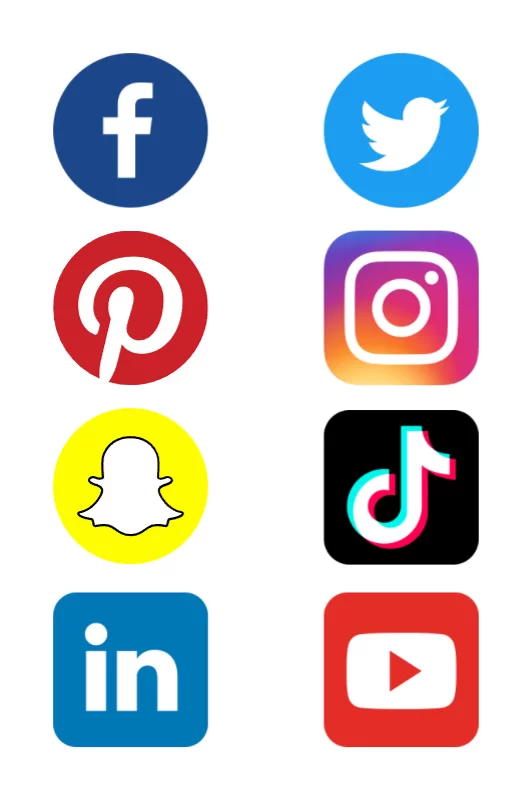
When you’re starting your business and going pro, you know you need to get the word out. Without doing so, you will not land the customers and clients you need to make the money you want. You also know that there are several options out there to declare yourself to the world: both paid and unpaid.
You might find yourself chomping at the bit to try everything. However, that’s a bad strategy. If you don’t know what you’re doing, then paid advertising options can sink you quickly. In fact, they may drain resources you can’t spare this early in building your business. Consider my example.
When first starting out, I ended up accepting an offer for a paid radio spotlight ad. That ended up a disaster for me. I couldn’t afford the price, even broken up in payments. Also, the company aired the ad on radio stations which didn’t include my then target audience. I received no return on that investment at all: meaning no customers. The ad was a waste of money I couldn’t afford to spend. They still try calling me occasionally to hit me up again. I’ve since blocked them. Paid Google ads and Yellow Pages ads ended up just the same. I didn’t know what I was doing and I literally paid for my ignorance.
You’re far better served pursuing the free options out there which require time instead of money. Some channels will place you in front of potential new customers and others won’t. I would focus on visual media channels which show off photos and videos. You’ll only learn which ones work through experimentation. Then, once you’ve established which channels will and won’t work for you, you know where to focus your efforts. It’s only after you’ve reached a ceiling with your operational marketing channels that you should consider paid advertising. The metaphor of pouring gasoline on a fire then applies to paid advertising.

If you’re trained (or otherwise experienced) in marketing and advertising, then you may proceed at your own discretion. You obviously know what to do already. You probably have your own plan laid out already. I can add nothing to your plan.
2. “Exposure” Won’t Pay the Bills
When you’re going pro in photography, or any other business for that matter, you might run into the following. “We can’t afford to pay you, but we’ll shout you out on our social media and you’ll get tons of exposure.” There are all sorts of variants on that statement. Social media “influencers” bear a terrible but often deserved reputation for this stunt. The most egregious examples come from companies with huge annual profits where commissioning and licensing a photo shoot should be painless. As a new photography business owner, you might find yourself tempted to accept such an offer. However, you should not and here’s why: “exposure” won’t pay your bills.

Ever thought about that word “exposure?” It’s nebulous. It’s especially vague in terms of today’s marketing world. We really can’t quantify “exposure” in terms of payment or guarantees of future business dealings. Let’s break this down further.
The Value Proposition
Let’s say you agree to take photos for someone or some small business promising exposure when you’re going pro. Let’s see just where this vague promise of “exposure” breaks down.

Where will they give you the promised “exposure?” On their blog and social media? That’s not very specific. How many times will they “shout out” your work and your accounts? Once? Will it be via Instagram Stories/Snapchat which will disappear in 24 hrs? Will they even bother to tag you, link back to you, or even credit you? Again, will they give you a “follow” link (great for SEO) rather than an “nofollow” link (bad for SEO)? These are things they can control.
So, let’s look at part 2 from their end: what they can’t control. How many social media fans do they ACTUALLY have? Is it lower than you thought (like 200 instead of 20,000)? Thanks to algorithms, how many of those 200 fans will ACTUALLY see this promised “exposure?” Five at most? What do you think the chances are that any of those 5 will pay attention to the shout-out, let alone become your customers? I’ve never received any such customers from “exposure bucks” myself.
Now, let’s look at things from a different angle. How much time will you put into setting up this photo shoot? Include your planning, driving, and more. How much time will you spend on the photo shoot itself? Also, how much time will you spend processing up the photos and creating the final products? If you’re like me, then you might spend several hours taking a photo shoot from planning to product delivery. You’ll put in actual billable hours. Now, compare your level of effort to the effort level of this “exposure” shout-out. How long will it take the “customer” to shout you out on Instagram? Five minutes at most? Do you consider that an equitable exchange?
Test the Potential Customer’s “Exposure” Promise
If you want to assess a potential “customer’s” seriousness, then try this out. Ask the “customer” promising “exposure” to guarantee that a minimum of, let’s say, 10 followers will buy your photography by a certain date or you will charge the “customer” and see what happens. Make sure to take payment details ahead of time. Or, better yet, flip the script. Charge the “customer” and then give him or her a special coupon code to distribute on their blog and socials. If a minimum number of fans (say 10 again) buy your photos using that code, then you’ll refund the “customer.”

Either option forces that “customer” to put his/her money where his/her mouth is and offer something substantial in return for your services. However, you’re still offering free products/services in a way. I’ll bet that “customer” won’t go for it.
Exceptions
The only exception I make to “exposure” payment is if the customer has something actually substantial to offer with exposure. If “National Geographic” or “Time Magazine” offered to shout me out on social media and publish me on their respective blogs, I’d actually consider it. Those publications offer something substantial in exchange for “exposure.” I would honestly be able to claim I was published by such prestigious publications. The opportunity would elevate my status as a landscape photographer. I could charge more money for my photography.
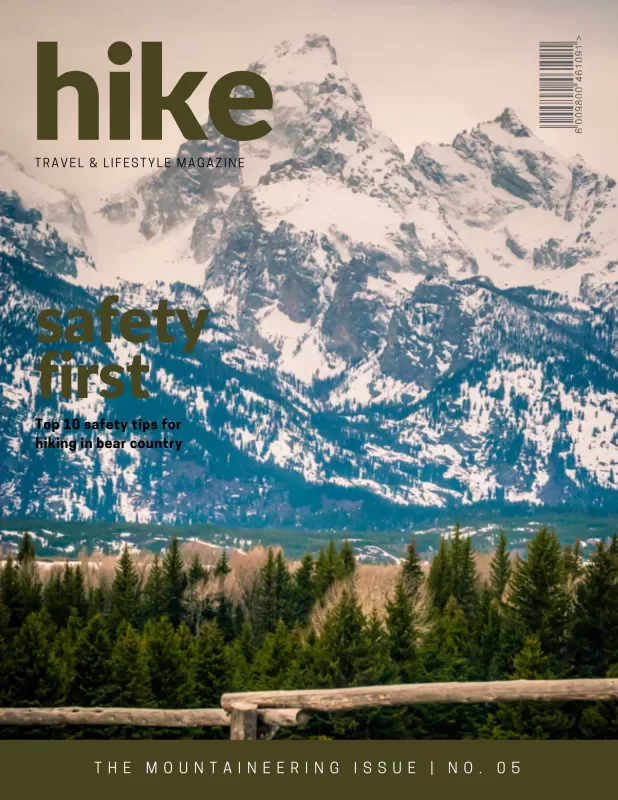
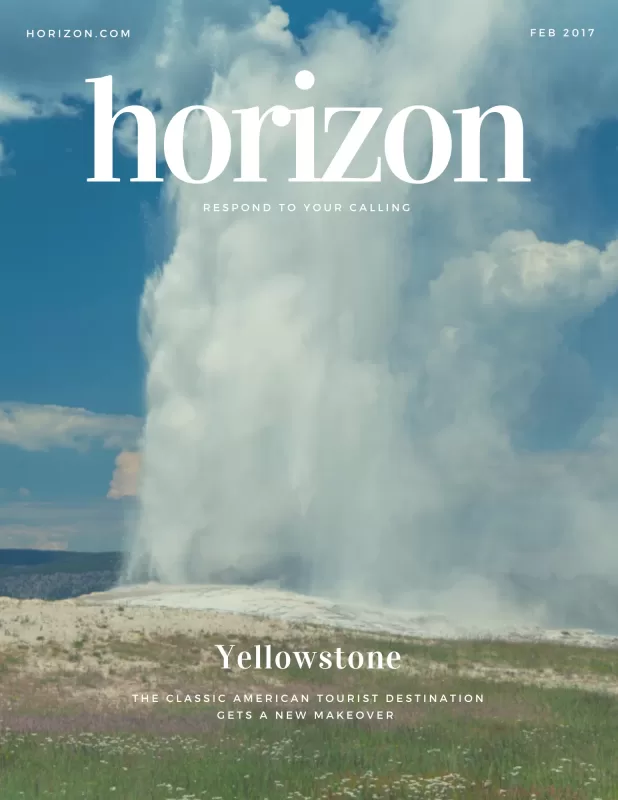
Recap
But to recap, when I compare every offer of “exposure” to my effort, I often consider myself being cheated. How you feel is up to you. However, the final point I must mention is that my landlord will not accept rent payments in the form of “exposure” bucks. I cannot buy food with “exposure” either. Of my numerous and seemingly never-ending bills, none of them will accept Instagram shout-outs in lieu of dollars. Watch out for jobs and clients only offering “exposure” as payment when you’re going pro. They’ll drain you dry and also distract you from actual paying clients.
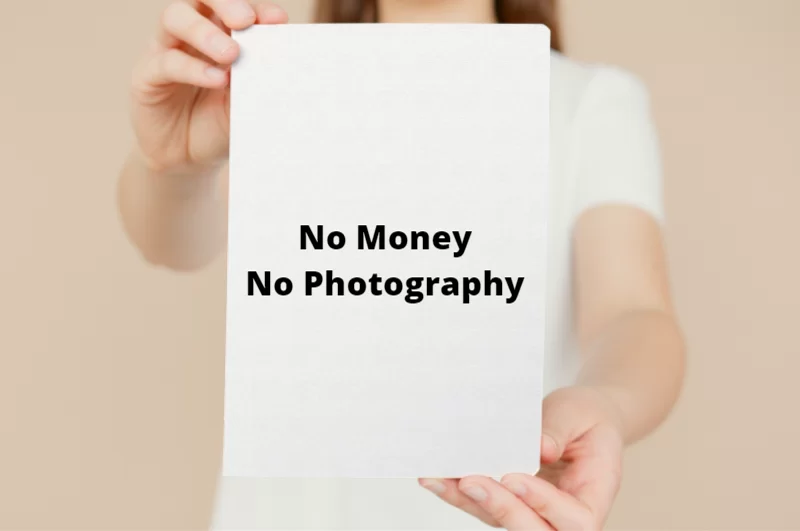
3. Register Your Copyright
This tip will protect your legal backside while you’re going pro. According to the US Copyright Act of 1976 and Title 17, if you take a photo, then you automatically own the copyright of said photo. It is your intellectual property to do with as you see fit. However, if you want more than just minimum DMCA protection, then you had better register your photos with the US Copyright Office. Without such registration, all you may do is force someone to remove your intellectual property from their website or social media. Perhaps they may issue a retraction in an upcoming issue of a printed periodical. That’s the best you can expect. You may certainly ask for compensation for use. However, you are not entitled to anything (not 1 cent) unless you previously registered your copyright with the Copyright Office.
If you can’t already tell, I ran into a problem with this. A while ago, I discovered that a major player in the hospitality industry stole (scraped) a couple of my landscape photos from online and used them on their website. At first, those pages were public. I found them with a reverse image search. Later those pages became private access only without the exact URL. That company, worth millions, has the budget to compensate me for their obvious commercial usage but I never heard from them regarding the matter. I contacted an intellectual property lawyer in my state about the matter. He informed me that a DMCA take-down notice was the only thing the company had to comply with. I could ask for compensation and the company could tell me to go pound sand without that copyright registration. Legally, they’d be in the right too.
These are the landscape photos they stole.

You’re not considering going pro as a photographer for fun. You want to make money. Consider all the money you lose out on in a situation like mine. I could have pursued the company for some serious damages and attorney’s fees if I’d simply registered my copyright much sooner. But truly, I wish they’d approached me about licensing beforehand. If you wish to avoid my mistake, then check out this link to the US Copyright Office website on how to register photos.
4. Desperation Will Lead to Trouble
As you’re starting out and going pro in photography, naturally you want to land every customer/client you can. After all, how else will you make money? However, beware of desperation. It will only lead you into trouble as you navigate the waters of professional photography.
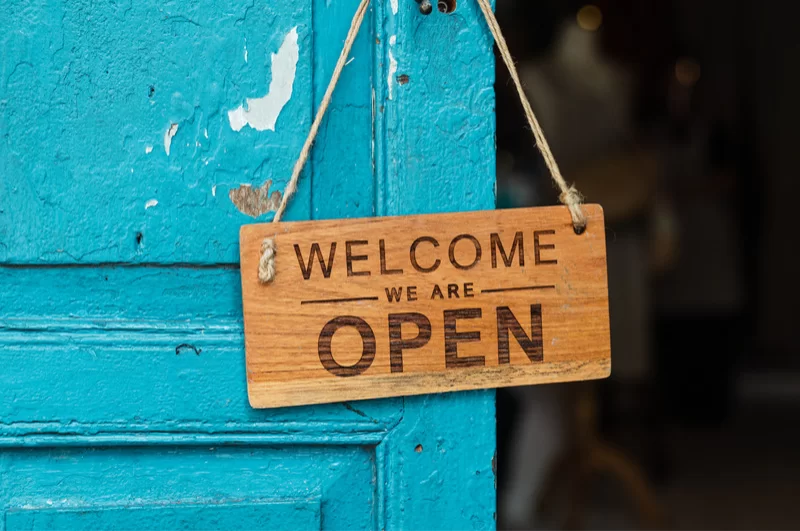
The biggest and worst kind of desperation for you as a new professional photographer is that of financial desperation. If you’re hoping your photography business will miraculously save you from a financial hole, then you’re already in trouble. That squeeze on your wallet will compel you to make choices which you otherwise wouldn’t. You may take on customers/clients which send up red flags and other warning signs. You may waver on boundaries which you shouldn’t. In the end, you’ll regret taking on that customer and your wallet won’t feel any better for it either.

Perhaps the very worst thing you can do is to show that desperation to your client. If you appear desperate to a customer or client, then the customer knows that he/she has the upper hand. The individual or group collectively called client may push boundaries inappropriately. You may be asked to provide top-tier products and services for a mid or bottom tier price. They may demand more of your time than you wish to devote. They probably won’t ever be happy with what you provide. The list goes on.
Showing your desperation to a client or customer will, for sure, wring you out and make you reconsider going pro as a photographer to begin with. It’s not worth it in the end. Even if you are desperate, don’t look or sound that way. Especially don’t act desperate. Show you’re willing to walk away. Maintain your boundaries. Break down away from the client’s eye if you must, but don’t let them see it. Not everyone is kind when you are vulnerable. Sadly, you often won’t learn until it’s too late.
I’ve made several poor business arrangements over my time as a professional photographer. One of the worst, which sticks out in my head, was a time when I contracted with a particular bride and groom for their wedding. This was before I specialized in landscape photography. I noticed several red flags during our initial consultation. I was understandably concerned. However, I went forward with the wedding, and I lived to regret it.
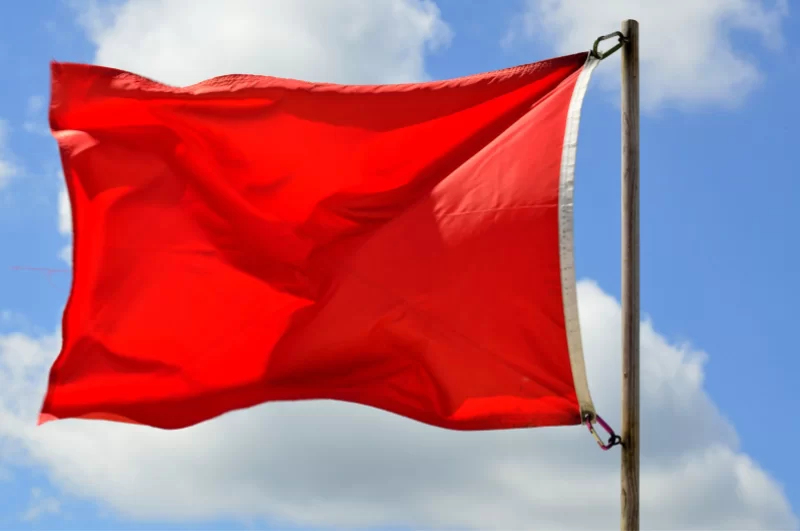
After the wedding, problems kept cropping up. The bride wasn’t happy with much. In the end, I lost out on more than $100 they owed me so I could keep a happy client. That really hurt. What also hurt were the things they both said about me and my work. If I wasn’t so desperate for money, I might have avoided that problem altogether. However, it did work out for the best. I decided that wedding photography wasn’t my thing and specialized in landscape and nature photography instead.

If you wish to avoid my desperation problem (or a worse version), then I recommend the following. Take some time and build up a nest egg of money with which you may pay your bills before you go pro. If that’s not an option, then don’t quit your day job until your photography business can afford to support you full time. Then you have the luxury of turning away potentially troublesome clients and customers who won’t be worth your time.
5. Order Sample Prints Before Completing a Client Job with a Print Company
If you’re a newly professional photographer or one looking at going pro soon, then you should know that photography is all about that final product. For many kinds of photography, that final product is a photo print. If you’re looking at wedding photography, portrait photography, fine art photography, and other print-orientated genres and sub-genres, then you’ll focus on that final print.
Now, how many of you have ever printed a photo from your computer and then had trouble recognizing it from the print? I know I have. I’ve printed several photos over the years which don’t resemble what the screen showed. Then I must go back and alter the digital version so that it comes out of the printer looking correct. That’s some trial and error even if you do know what you’re doing.
Now, let’s apply this same process to the photos you take for your client. Since you probably can’t afford your own professional quality photo printer, you’re outsourcing to a print shop. Can you imagine what your client will say when the high-end photos he/she/they paid for look wrong? Perhaps the photos are too dark. Maybe, the color scheme is off. Perhaps they require more sharpening. Do you imagine your customer will be happy with you for an unprofessional display such as those listed above? Mine weren’t. None of them returned.
If you wish to avoid this headache, then send out some sample prints to your print shop of choice. I recommend doing this step before or just after going pro. Do this long before you engage a client if you can. Make sure that the sample volume is low enough to not become a financial burden on you. Then adjust until the prints closely resemble the photos on screen. The prints need not match perfectly but they must look similar enough. You want people to recognize them online (I assume you’re uploading them to social media and your website) as well as in person. You may require several sample attempts before you achieve this standard. Do not deliver a sub-standard print to your customer if you can at all avoid it. Such action may initially save money but will overall cost you in reputation points.
Conclusion
In conclusion, if you’re going pro as a photographer, you’ll looking at lots of hazards in your path. Hopefully, I’ve illuminated a few landmines you can avoid on your path. It’s always better to learn from the mistakes of others rather than repeat them yourself. I’ve found many more as a beginner professional photographer. So, I’ll continue this series so you can educate yourself and avoid some of my mistakes. Perhaps you’ll reach profitability much faster than I did by going pro. Good luck on your new venture as a professional photographer.



